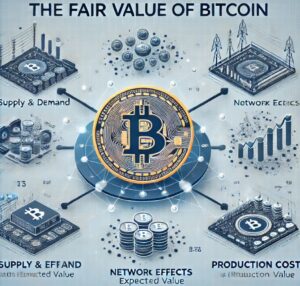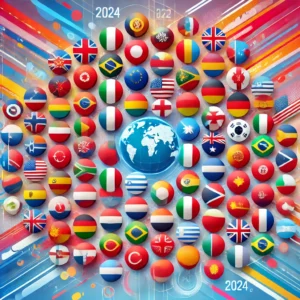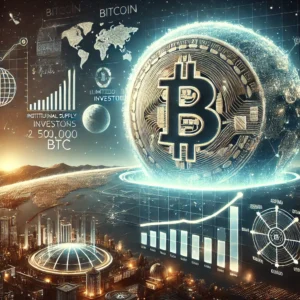NFTs worthless after 70 years? Digital art meets copyright
4 min readFor a long time, NFTs were only known to a few initiated cat motif lovers, but this was to change abruptly when the first spectacular auctions aroused media interest. In the meantime, the NFT market has detached itself from its CryptoKitties niche. Artists like Beeple peddle their digital works in token form for millions, and collections like Bored Ape Yacht Club are bursting at the seams. NFTs hit a nerve. In the zeitgeist of digitization, non-fungible tokens form the ideal interface for the marketing and distribution of art, music and memes – Internet culture can be monetized. For speculators and investors they represent an investment, artists hope for a bit of financial freedom and platforms diligently earn money from trading. But the NFT craze could end up being a zero-sum game in the long run.
NFTs and the copyright issue
Because one question remains unanswered in the unmanageable NFT thicket: Can the tokens actually keep what they promise? Finally, a key NFT purchase argument lies in the transfer of ownership and exploitation rights to the images and music titles represented. The metadata of a Beeple NFT guarantees the owner that it is a unique work, signed by the artist and authorized for further use.
However, this promise of values could collide with German legislation. Because all artistic content, be it images, musical works, or naive pixel art, is protected by copyright. And that has a half-life: 70 years after the death of the author, the protection period expires, the exploitation rights are automatically in the public domain.
Sure: Very few buyers are likely to be confronted with such a loss of rights in their lifetime. However, this renders the inheritance obsolete. Even if the NFTs survive on the blockchain, their value in the form of usage rights will erode in the long run. So is there a mighty sword of Damocles hanging over the NFT market?
Legal position clearly ambiguous
The fact is: Anyone who thinks that an NFT also gives them sole and permanent ownership of a digital work of art is mistaken. The legal position is clear. As Urban Pappi, executive director of the collecting society Bild-Kunst, confirms to news outlet BTC-ECHO, “a work whose copyright protection period has expired becomes public domain according to the law”. NFT are no exception: “Token or not, a third party could then use it, for example by taking a screenshot and then printing it on a mug and marketing it”.
But as clear as the situation regarding the term of protection is, there are still some gaps in copyright law, which dates back to a time when typewriters were en vogue.
The legal question of what is meant by ownership is interesting. In the conventional art market, this refers to the art object itself, with the copyright rights of use often remaining with the artist, so that they can also be exercised through the visual arts. At NFT, ownership could be seen as a transfer of exclusive copyright rights to the new “owner”. I write in the subjunctive because final exams are pending.
Urban Pappi, CEO VG Bild-Kunst
As long as the legislators do not readjust, much in the NFT sector is likely to remain in the subjunctive. The criterion of originality could also be problematic. Because only works that have a degree of “creative height” – one could also say: a personal touch – fall under copyright. It is obvious that this already vague criterion is reaching its limits in the copy-paste age of digital art. AI-generated NFTs therefore seem to fall outside of copyright per se. NFT generators can also be written off as a nice gimmick with no added value.
With a run up to the wall?
Precisely because of the many unanswered questions, the NFT sector runs the risk of a huge bubble forming. The mixture of crisis-ridden artists looking for new sources of income, champagne-pregnant art patrons who want to call the next Beeple their own and yield-fixated crypto investors creates a dangerous drop.
Nevertheless: The immense potential cannot be swept under the table, despite all justified skepticism. Especially from an artist’s perspective, the tokens create new foundations for securing one’s livelihood. Urban Pappi also emphasizes these effects:
On the one hand, there are advantages for artists through the distribution of NFT works: this can be set up in such a way that a share is credited to the artist’s account with each resale of the work. This mechanism corresponds to the effect of the resale right.
But here, too, buyers could eventually fall behind. Then:
The granting of exclusive rights to the “buyer” would have a disadvantageous effect, as this would rule out further marketing of copyrights to the work by the author himself.
A classification for the music industry would also have been interesting. However, GEMA did not want to respond to a request. Word of the NFT trend does not seem to have gotten around to all collecting societies.






